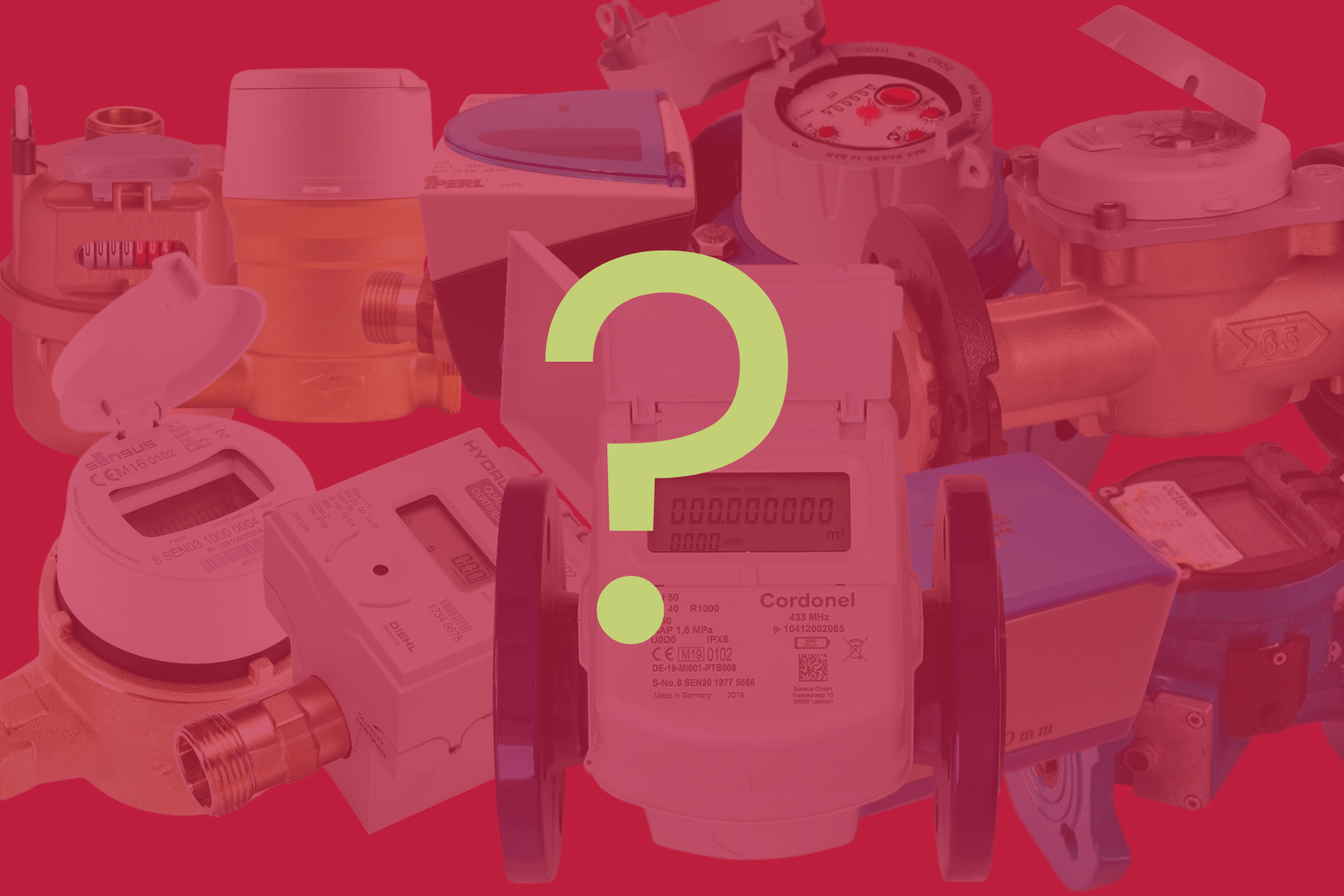Metering Analysis
Metering Analysis
Empowered Customers for Affordable Bills
100+ years of In-depth Metering knowledge and a Data Intelligence Service built over 20+ years. The aim is to analyse billions of metering data points to optimise meter performance and revenue and reduce non-revenue water. The outcome is to minimise the tariff increases and improve affordability for Water Utility’s customers.

“32% Of Australia's Water Utilities' $18.9B Revenue is based on Water Meters"
Metering Analysis Supports
Entire Meter Fleet
Analyse billions points of data using proven algorithms and meter data built over 20 years. Pinpoint problematic water meters and incorporate into meter replacement planning and budgeting strategies.
Traditional Meters
Our Metering Analysis is designed to identify both Traditional mechanical and new-age Digital Meters.
Agnostic
We are completely Metering Agnostic, our approach is to provide a data driven approach for a Water Utility to be able to select the right technology for the right application.
Quarterly Reading Cycles
Unlike many other systems the algorithms have been proven to work on longer reading cycles such as quarterly.
Targeted Campaigns
You can segment your analysis to specific parts of your metering fleet, whether that be non-residential meters, an area, age or type of your fleet, or simply identifying where the best value for money is for installing your Digital Meters.
Customer Trust
The water bill is for most customers the only communication they have with their Water Utility. Metering is fundamental to maintaining and building customer trust.
Technology
Identify when more expensive technologies make sense.
The ability to analyze and predict flow rates using statistical models brings valuable insights that aid in determining when to utilize more expensive water meter technologies. Armed with this knowledge, decision-makers can assess the cost-benefit ratio of using higher ratio water meters during these specific periods. This data-driven approach enhances decision-making, helping organizations make informed choices about when and where to implement different water meter technologies for maximum efficiency and cost-effectiveness.
What are the steps?
Analyse Existing Meters
Water Meters are impacted by their operating environment such as pressure, water quality, usage patterns and network behaviour. Design and Developing a Testing regime to determine the wear characteristics of different types of installed meters allow for a more effective asset management strategy.
Optional
Usage Patterns
Customers' usage patterns can be specific to many factors that are unique to a Water Utility. They include but not limited to water availability, socio-economic factors, urban design and culture. A study to determine usage patterns improves the outcomes of the metering analysis.
Optional
Statistic Models
By analysing the existing meters and usage patterns, statistical models that have been developed over 20+ years can be utilised to determine an effective meter replacement strategy that will help to optimise the asset management strategy for water meters.
Data Analysis
Combining different data sources and the statistical models in our Data Intelligence Service a Water Utility can utilise this input to identify potential water meters that are under-reading.
Effectiveness
Effectiveness
Measure the impact of meter replacement strategies.
Identifying, measuring, and reporting on the impact of usage after large meter replacement programs is an effective method to assess and learn from asset management strategies. This data provides valuable insights into the efficiency and accuracy of the new meters, enabling timely detection and resolution of issues. Additionally, measuring and reporting on the impact of usage helps to quantify the benefits of meter replacements in terms of water conservation and cost savings. It allows organizations to demonstrate their commitment to sustainability and efficient resource management to stakeholders and the wider community.

Water is Life
Empower individuals through their water usage to positive impact the greater good to achieve SDG 3

Our Core
A Financially Sustainable Water Utility that empowers customers to achieve SDG 6

Save Water, Save Energy
Encourage customers through how they use water to minimise energy consumption both at Water Utility and their homes to achieve SDG 7

Optimise
Through usage accountability minimise risk of damages to infrastructure after the customer water meter to achieve SDG 9

Water's Impact
Empower every individual to play their role to achieve SDG 11

Use Less
Encourage customers to use less water through valuing all the water they use to achieve SDG 12
I have some questions?
Common questions you may have.
?
Through ensuring customers are held accountable a Water Utility will experience either a customer reducing their consumption and subsequently generate capacity in their network and/or pay fairly for the usage. A Water Utility typically experiences increase in revenue and profitability and reduction in demand.
Yes, and many Utilities have undertaken to do this. We have found it becomes heavily reliant on individuals and there are many lessons that we have learnt and applied to our analysis to make it more effective.
Our 100+ years of indepth water meter experience combined with the ability to utilise longer reading cycle data and the Data Intelligence Service have been proven consistently over the last 13+ years.
In our experience it has the opposite effect of Water Utilities. Customers want to be charged for what they use, not for what others’ use. For those customers who are impacted by higher bills, it provides an opportunity for Water Utilities to strengthen the relationship and offer other services.
The short answer is no, it is a statistical approach and therefore there is always a level of inherent error. In addition every Water Utility has different costs, processes, budgets and priorities and as such our recommendations and approach sometimes need to be adapted for specific Water Utilities.
Have some More Questions?
Leave your details and we will get in touch with you!
